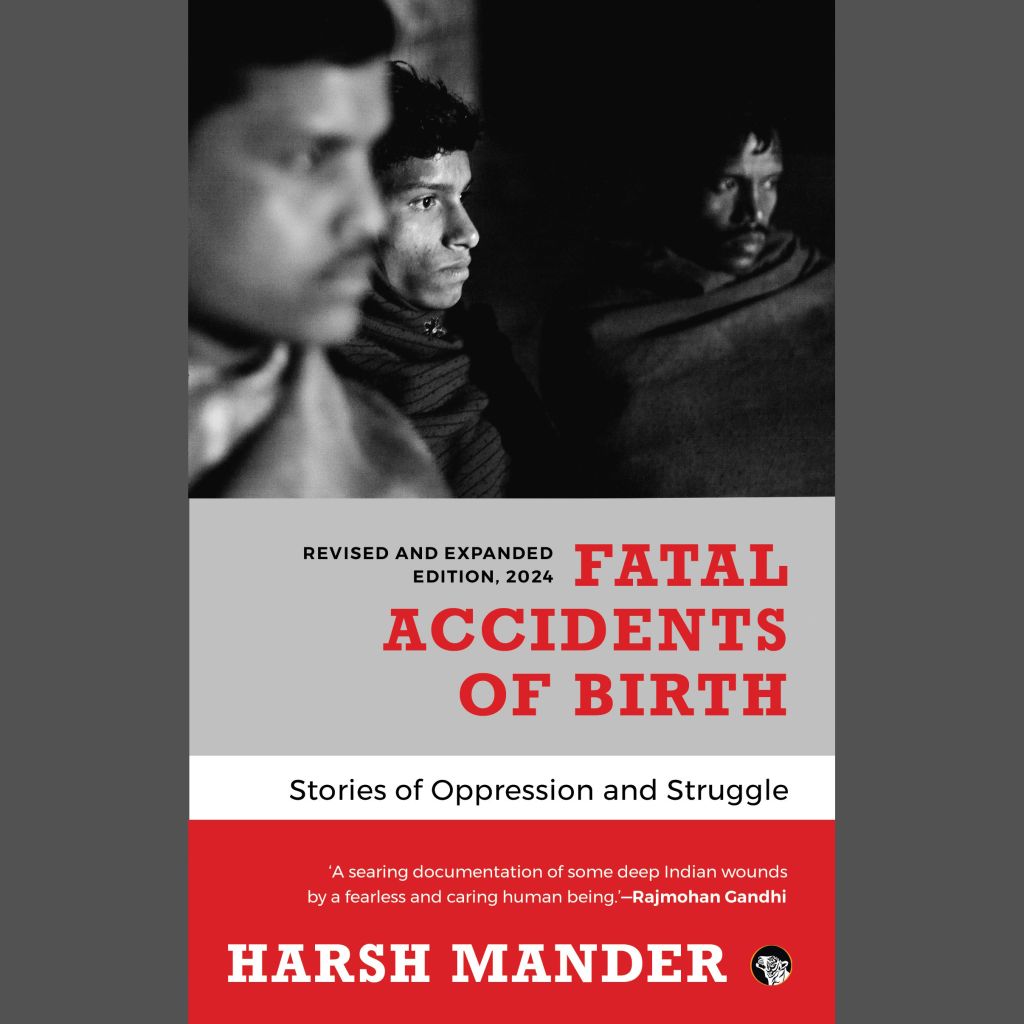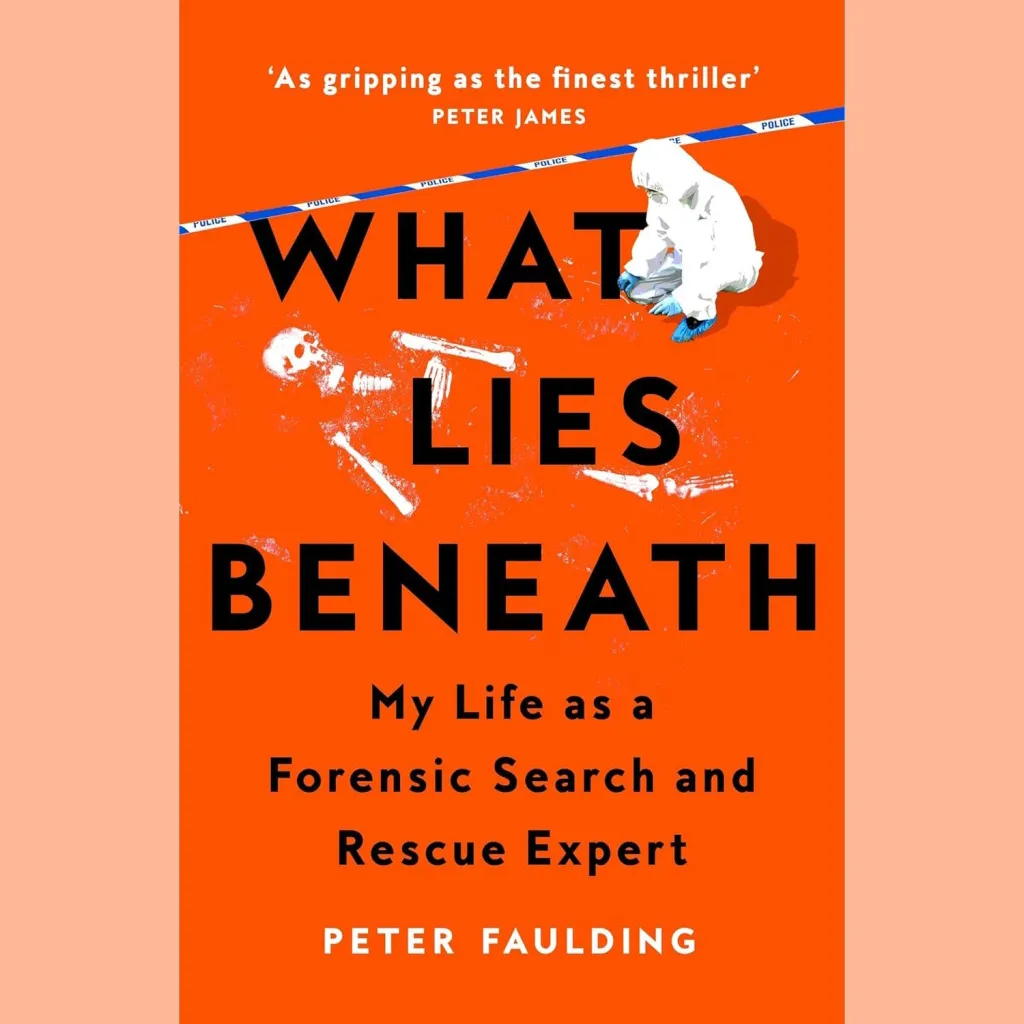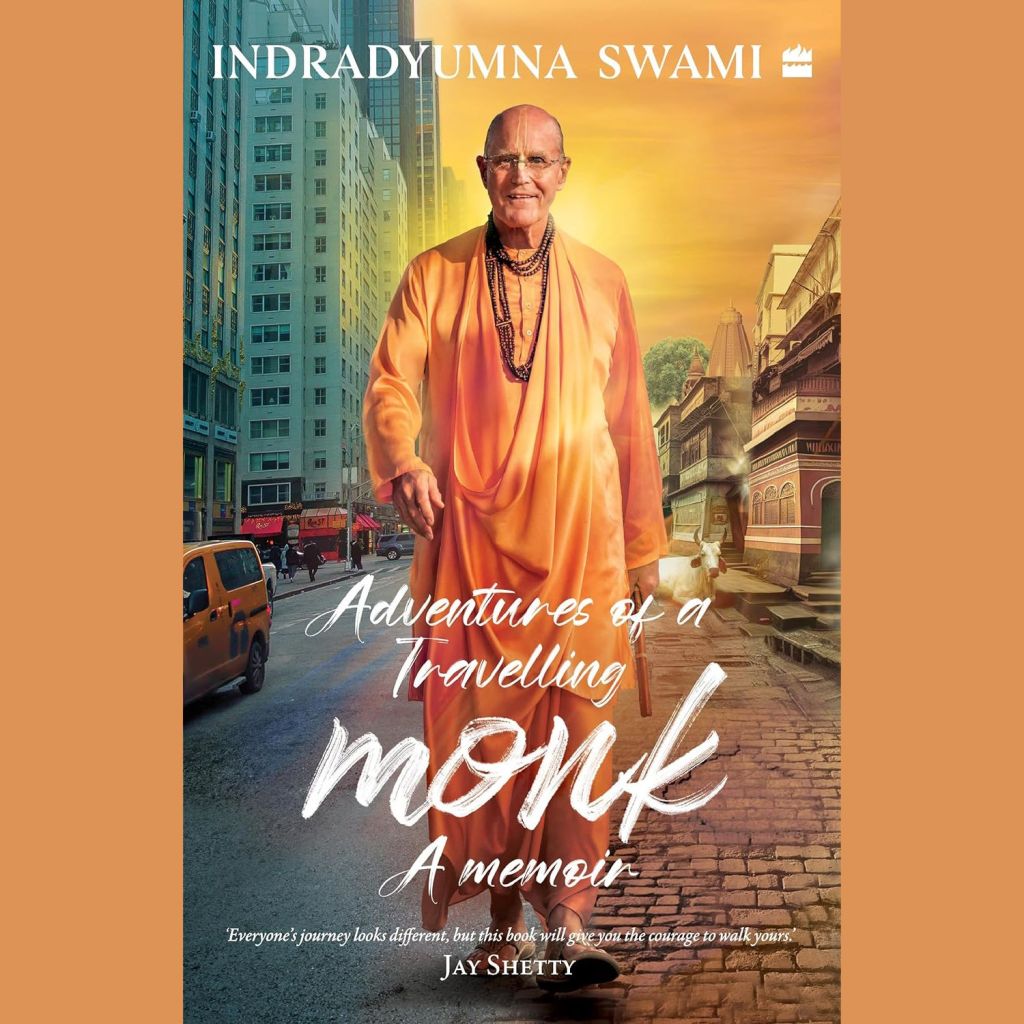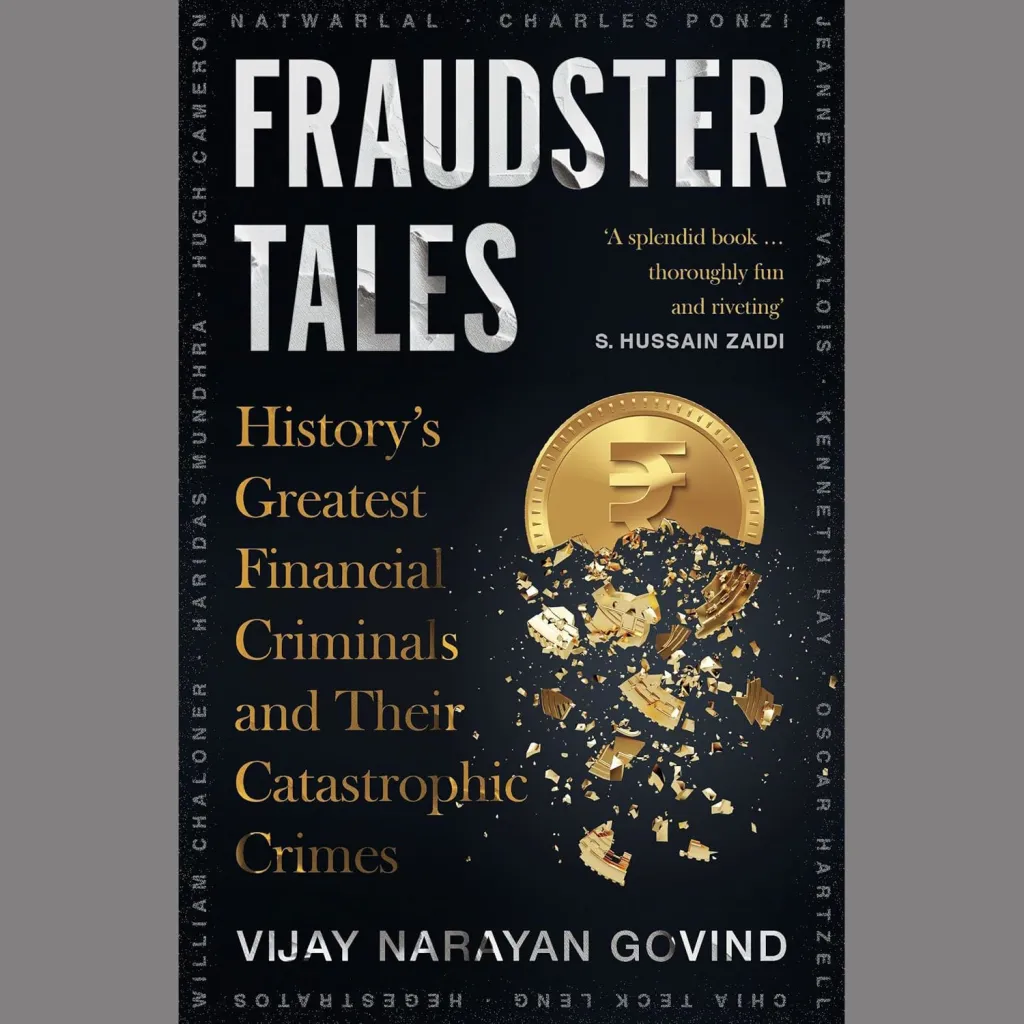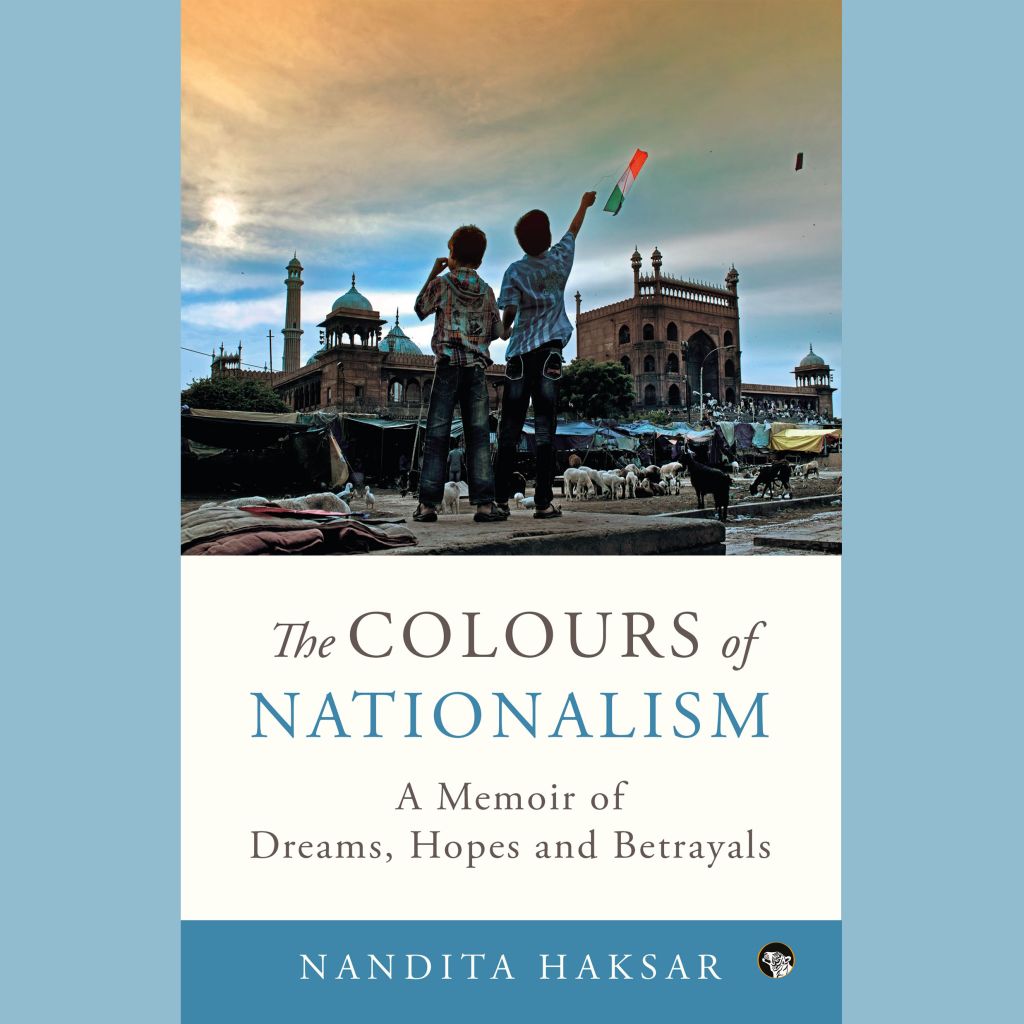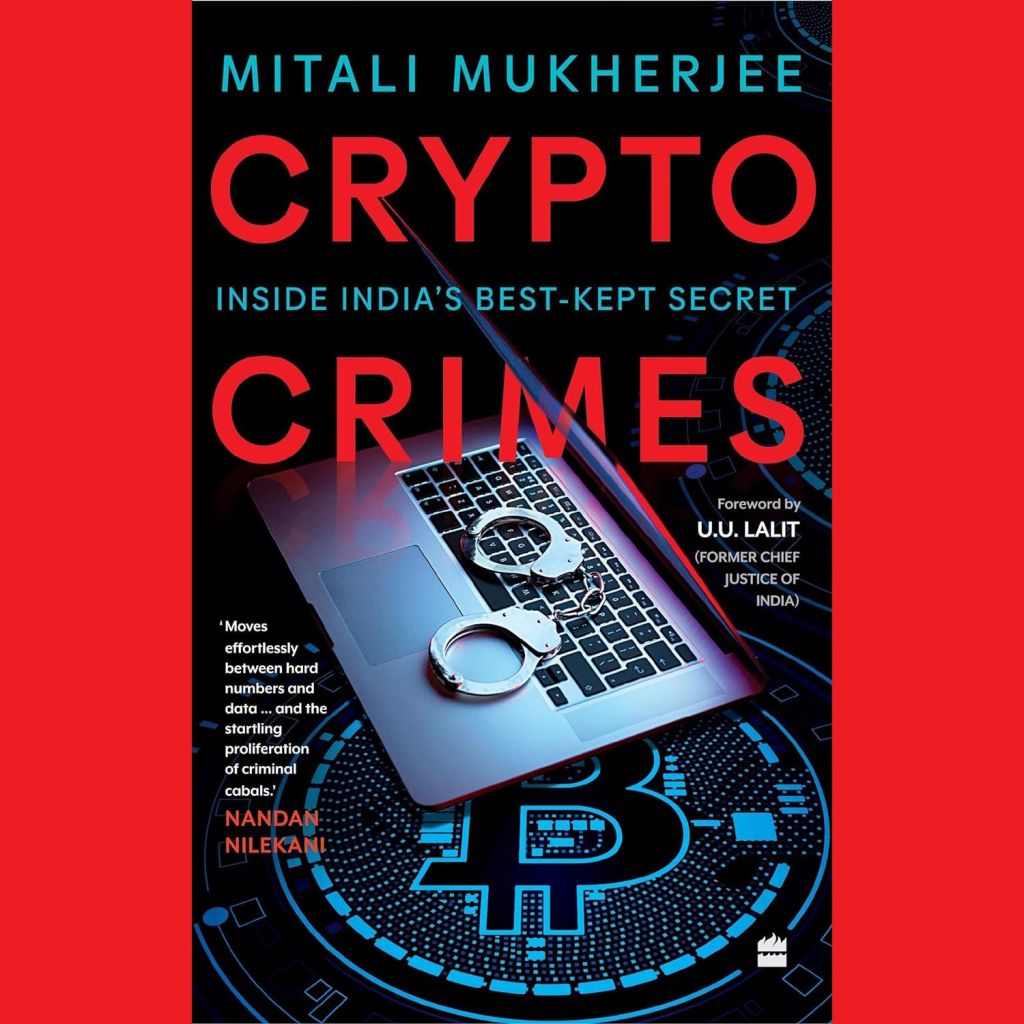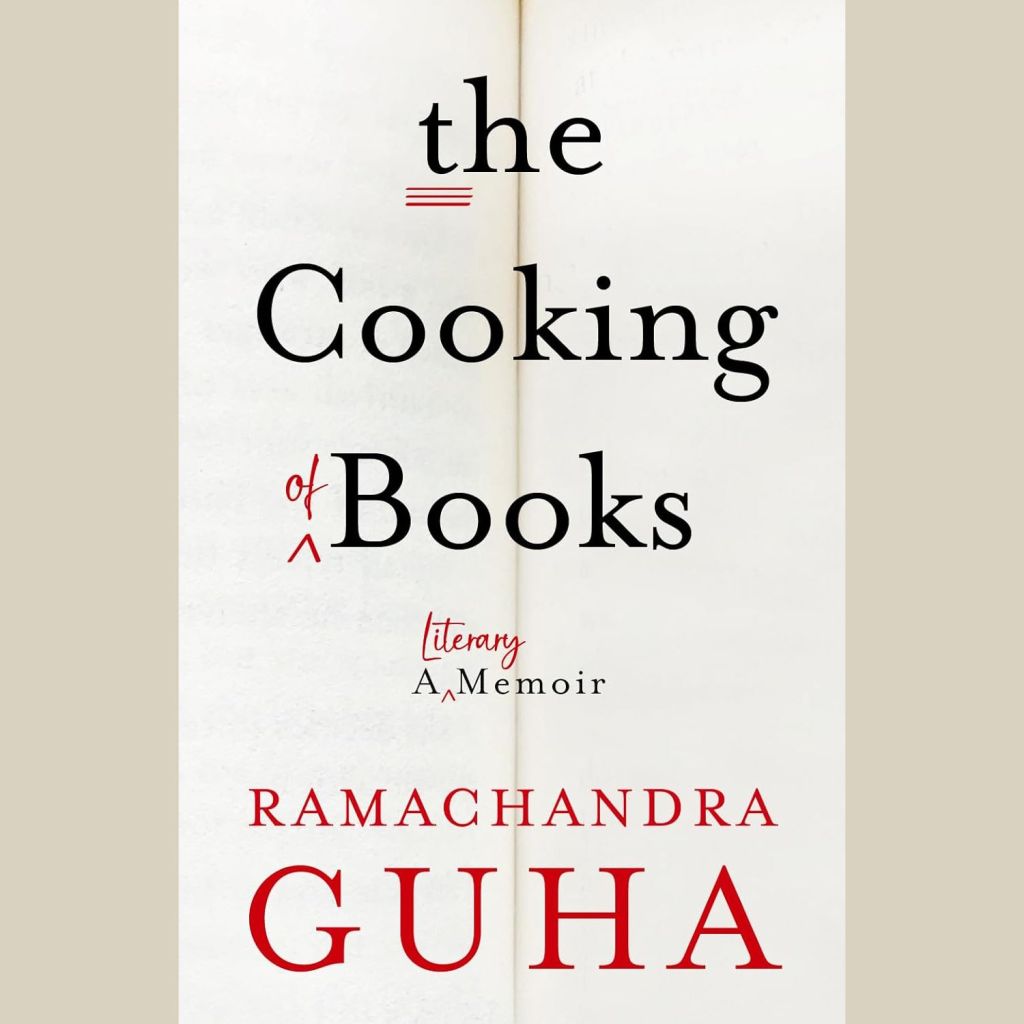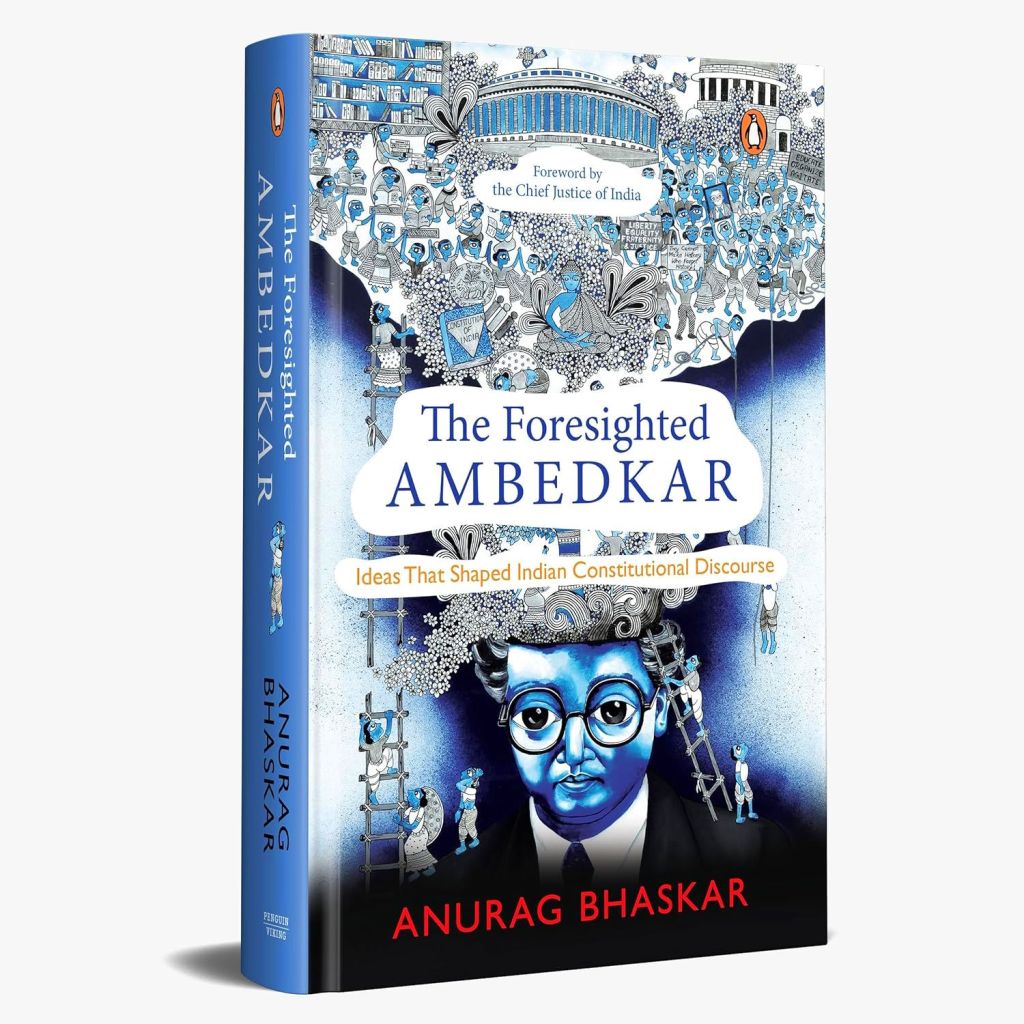A green crusader, emerging technology advocate, public policy leader and now an author, Ameer Shahul has shaken things up with his book, Heavy Metal: How a Global Corporation Poisoned Kodaikanal. It is an important piece of work, a deeply-researched investigative account of Hindustan Unilever’s role in perpetrating a massive ecological/environmental disaster in Kodaikanal, Tamil Nadu.
One of HUL’s factories, which was set up in Kodaikanal in the mid-1980s and which used to manufacture Mercury-based thermometers, mishandled the disposal of Mercury-tainted (Mercury is a highly toxic substance) glass waste. This caused serious, widespread harm not just to its own workers but also to the local population in general, due to soil and water contamination. While the factory itself was shut down in 2001, harmful effects of Mercury contamination continue to linger, with HUL playing a less than stellar role in paying compensation and helping with clean-up operations. [More about this on Kodai Mercury]
A former journalist (he’s earlier worked with AFP and Thomson Reuters), Shahul has worked long and hard to get all his facts right and with this book, which was released last month, blows the lid off a simmering cauldron of controversy and intrigue. Heavy Metal takes readers behind the scenes and reveals hitherto hidden details of the industrial tragedy, exacerbated by corporate negligence, malfeasance and refusal to admit responsibility. Here, he speaks to BooksFirst about what led him to write Heavy Metal and what it took to take on a corporation as big and powerful as HUL.
Over more than two decades, you have worked in journalism as well as external affairs and communications. From that, to authoring a book that examines a critical issue – one that talks about serious corporate criminal negligence and its massively harmful impact on the environment and on human lives. Please tell us a bit about the journey and your work as a Greenpeace campaigner. What was it that finally led you to write Heavy Metal?
I am fortunate to have had the rare opportunity to work with the media, non-profit organisations, and corporations. Prior to the advent of social media and the Internet, I was working on tight deadlines for breaking news stories in real time for Indian and global wire agencies. I worked as a communications professional before becoming a public policy executive. Working with some of the world’s largest corporations, such as IBM and Nissan Motors, has given me a better understanding of how corporations approach contentious issues. What I learned at Greenpeace, on the other hand, was how to hold corporations accountable for their wrongdoings and make them liable for their mistakes. Media exposure aided in taking a balanced and objective look at both the corporate and social sides.
During the early stages of the campaign, I spent two years working with Greenpeace. I’ve had the opportunity to spend time with many former workers of Hindustan Unilever in Kodaikanal and members of the local community. According to what I had learned on the ground, this issue appeared to be one-of-a-kind, and we must treat it with the seriousness it deserves.
When the two major aspects of the campaign were nearing completion, I checked whether anyone from the campaign was attempting to chronicle this important journey. It was then that I realized that nobody was seriously exploring it. Thus I decided to write it as a book, and Pan Macmillan was more than happy to publish it. This is how I began working on Heavy Metal in 2020 during the first Covid lockdown.
Heavy Metal talks about Hindustan Unilever’s role in perpetrating a serious environmental disaster – one that is likely to have long-lasting effects on both the environment and on human life and health – in Kodaikanal. In the writing of this book, did you face opposition from HUL and/or its representatives? And in the same context, did you get adequate support, if and where you needed it, from the state government and local civic authorities, for writing the book?
For obvious reasons, this book has been kept as a closely guarded project by all parties involved besides me – Labyrinth literary agency and Pan Macmillan – from 2020 until its release on February 10, 2023. In 2020, I hired J S Kannan, a lawyer in Chennai, to assist me in obtaining all necessary documents beyond what is publicly available, such as court documents and filings, government and regulatory orders, various reports and affidavits submitted to courts and regulators, and so on through RTI and by filing applications.. For research, I also used libraries, archives, and personal repositories of some individuals.
The 2015 out-of-court settlement between Hindustan Unilever and the 600 or so ex-workers of the shuttered factory was ordered by the Madras High Court to be kept confidential. As a result, the book is devoid of any information about the amount of compensation paid individually or collectively, as well as the terms of the settlement. Many parties involved in the case’s settlement and proceedings were extremely hesitant to share such information with me. This included Advocate Vaigai Ramamurthy, who represented the ex-workers, and Suhrith Parthasarthy, the court-appointed commissioner in charge of executing the settlement payments. However, I had decided from the start that I would not trespass into what the court keeps private.
RTI responses were delayed and I was moved from one table to another, and there were instances where the response stated that the sought document had been destroyed by the concerned office due to a lack of storage space. On the other hand, in terms of the publishing process, the publisher also sent the manuscript to an expert legal firm, Satyajit Sarna & Associates, for a thorough legal review.

While doing your research for Heavy Metal, what kind of feedback did you get from the local people in Kodaikanal, regarding the Mercury poisoning disaster? While the thermometer factory responsible for causing the contamination was closed 20 years ago, is there still lingering anger and resentment among the people of Kodaikanal? Do you think issues of corporate liability and corporate governance have been adequately addressed, at HUL?
During the early days, from 2001 to 2005, the people of Kodiakanal were upset and angry. However, now that the factory has been closed and operations have ceased, the locals are unable to comprehend the possibility of mercury re-emission by the soil, buildings, and trees in the area. This was a one-of-a-kind situation in which the problem did not end with the factory’s closure. Mercury re-emission continued wreaking havoc on the environment and people’s health. However, due to a lack of sufficient data, quantifying the company’s role on this count became extremely difficult. First, the regulator did not initiate any data collection on periodic mercury levels in the air in Kodai; second, the locally available physicians were basic medical practitioners with no experience in disease aetiology; and finally, and most importantly, there were no epidemiological surveys or periodic medical camps organised by the regulators or the company, with the exception of one survey conducted by the company shortly after the factory’s closure for its ex-workers.
Identifying illnesses caused by mercury exposure was impossible without the assistance of real medical experts in mercury contamination. Such experts do not exist in our country, and we will need to bring in experts from Europe, Japan, Australia, and the United States if we are to address the issue in a scientific manner. People in Kodaikanal have become indifferent to the issue since the factory closed two decades ago, believing that a closed factory can do no harm, despite the fact that any serious effort to identify mercury-related illnesses could still yield positive results.
Unilever has a long history of being a reputable company. Before I learned more about the issue, I, too, admired the company. It could have done much better, much sooner, and much faster. Perhaps their fear of backlash in other regions and similar future situations prevented them from doing more and adopting the style and route they have taken, which is to deny any wrongdoing and accept responsibility by paying ex-workers and remediating the factory site, among other things.
For you, personally, what are some of the primary highlights of Heavy Metal? Does Heavy Metal bring to light some new revelations that came as a shock to some people?
The most important aspect of the case was establishing any industrial wrongdoing through science and data. Without science and data, no erring corporation can be prosecuted for its wrongdoings. The second standout was the message of ‘reverse dumping.’ The global south is no longer the rich north’s dumping ground. A strong enough message for the rich north was to accept any waste dump sent to the global south. The book is full of revelations ranging from how the campaigns were implemented in the Unilever AGMs to the behind-the-scenes activities of sending the waste back to the US; to the DAE scientists establishing the company’s role in the disaster with their scientific findings; and to the detailed accounting of the mercury balance.
In getting HUL to admit to having had serious lapses in the way it operated in Kodaikanal, would you say shareholder activism played an important role? In terms of vigilance and pushing for action where needed, where is shareholder activism in India vis-a-vis the West?
Shareholder activism was critical in holding Hindustan Unilever accountable by acting as a mirror. Actions began in 2003 and have continued in some form or another year after year, with shifting actions to its global AGMs in the UK increasing shareholder power. It forced the company to rethink many things.
Shareholder activism in India is still in its nascent stage. We haven’t seen too many actions other than in the AGMs of Hindustan Unilever or some Indian subsidiaries of a few global corporations. Shareholder activism goes much beyond raiding AGMs. Market regulators should encourage shareholders to expose a company’s wrongdoings. It actually reduces the burden of the regulator. In the West, ESG funds are crucial for the success of most companies. A good rating or investment advice from an ESG fund is a great boost for any stock. We are a long way from there, owing primarily to crony capitalism and poor corporate governance in our companies.
Lastly, having spoken to both, the people who perpetrated the disaster and the people who have suffered endlessly because of it, what do you think would be a fair resolution for all parties concerned? Can there ever be a fair resolution?
Not all solutions can be balanced. What is fair to one may not be fair to the other. In cases like this where an atrocity has been committed, whether wittingly or unwittingly, the resolution can side with the victims. Therefore, the resolution is to support and recompense up to the last victim. As far as the larger crime against the ecosystem is concerned, there should be remediation of the land, soil and air as well as work to rejuvenate the last flora and fauna in the ecosystem that faces threat to its existence due to the toxic heavy metal.
Get your copy of Heavy Metal from Amazon
adventure advertising Apple astrology audiobooks Banaras best-of lists Bombay book marketing business Calcutta cheap reads cityscapes corporate culture crime design fiction food Hinduism hippies history India Japan journalism journalists libraries literary agents memoirs memories money Mumbai music my life with books Persian photojournalism publishers publishing religion science-fiction self-help technology travel trends Varanasi wishlists
More Stories:


